So far you can't really detect the size of the address bar because the env(...) inset variable was cut in the final release. But! The address bar does affect positioning on the page.
I'm not exactly sure how it determines what elements to move, but page elements can react to it. For example, take a look at Twitter's navigation bar when viewing twitter.com on a mobile device.
If you want similar behaviour ⤵︎
- Make a
div with fixed positioning
- Set it's
bottom to 0
Be careful about setting height of the fixed div to 100vh as I think this squeezes it out of the address bar's reactive area.
Please, anyone, post comments and updates about this issue as it's changing frequently.

